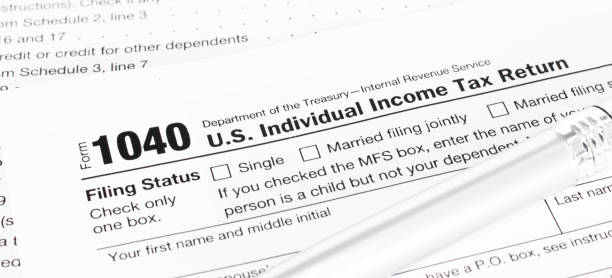
Fascinating Revelations About Nominal Data
When it comes to data, the type and how we categorize it is crucial. One of the most fundamental and frequently encountered types is nominal data. But what makes nominal data stand out from the rest? Jump into this blog and read more to find out the various facets of Nominal data and learn its importance in our data driven world.
Nominal Data: The Basics
The world of data can be overwhelming. With various types and classifications, where does nominal data fit in? Simply put, nominal data refers to data that can be categorized but not ranked or measured. Examples include names, colors, and genders.
Why is Nominal Data Unique?
Whole numbers and measurements can give us a lot of information, there’s something special about nominal data. This type of data captures qualities and characteristics that aren’t necessarily quantifiable. It gives researchers the ability to classify and categorise, making it a cornerstone in various studies.
The Differences Between Nominal and Other Data Types
The data universe is vast, and nominal data is just one star in the galaxy. How does it differ from ordinal, interval, or ratio data? The key lies in its inability to be ordered or ranked. This distinction is paramount when choosing the right data type for research or analysis.
Applications of Nominal Data in Real Life
You encounter nominal data in your daily life more times than you’d know. From ticking the gender box in a form to choosing your favorite ice cream flavor, you’re interacting with nominal data. In industries like marketing and psychology, this data is invaluable for understanding consumer behaviors and patterns.

Challenges Faced When Working With Nominal Data
While it offers many advantages, working with nominal data isn’t without its hurdles. The inability to rank or measure can sometimes be a limitation, especially when trying to draw comparisons or identify trends. Ensuring data accuracy and consistency is a very difficult issue.
Turning Nominal Data Into Actionable Insights
Although nominal data can’t be ranked, it can still offer profound insights. By grouping, categorizing, and analyzing this data, researchers can uncover patterns, preferences, and anomalies. By knowing how to ask the right questions and how to use to right tools, we can discover these patterns.
The Future of Nominal Data in AI and Machine Learning
In the world of AI and machine learning, nominal data plays a important role in training models, mostly in classification tasks. It aids in refining algorithms and improving accuracy by providing a rich source of categorical data.

FAQs
– What is the primary purpose of nominal data?
Nominal data primarily serves to categorise or label data points. It doesn’t provide any ranking or measurable value but instead offers a way to classify information.
– Can you give examples of nominal data?
Sure! Examples of nominal data include colours (red, blue, green), types of fruits (apple, banana, cherry), and genders (male, female, non-binary).
– Is nominal data qualitative or quantitative?
Nominal data is qualitative as it describes attributes and characteristics rather than measuring them.
– How is nominal data different from ordinal data?
While both are categorical in nature, ordinal data can be ranked or ordered, whereas nominal data cannot.
– Why is nominal data important in research?
Nominal data provides a means to classify and categorise information, making it easier to group similar data points and derive insights.
– Can nominal data be used in all types of research?
While versatile, nominal data isn’t suitable for research that requires ranking or measuring. Its use is best suited for studies that focus on categorization.
Conclusion
Nominal data is a fascinating realm, and its characteristics show its uniqueness, and provide an amazing wealth of insights for analysts. Nominal data shapes our understanding and how we interpret the world around us, from everyday interactions to AI applications. Thus, with the help of this knowledge we can appreciate the facets that come to our attention in the data-driven journey.
External Links/ Sources:
What is Nominal Data? Definition, Examples, Variables & Analysis
